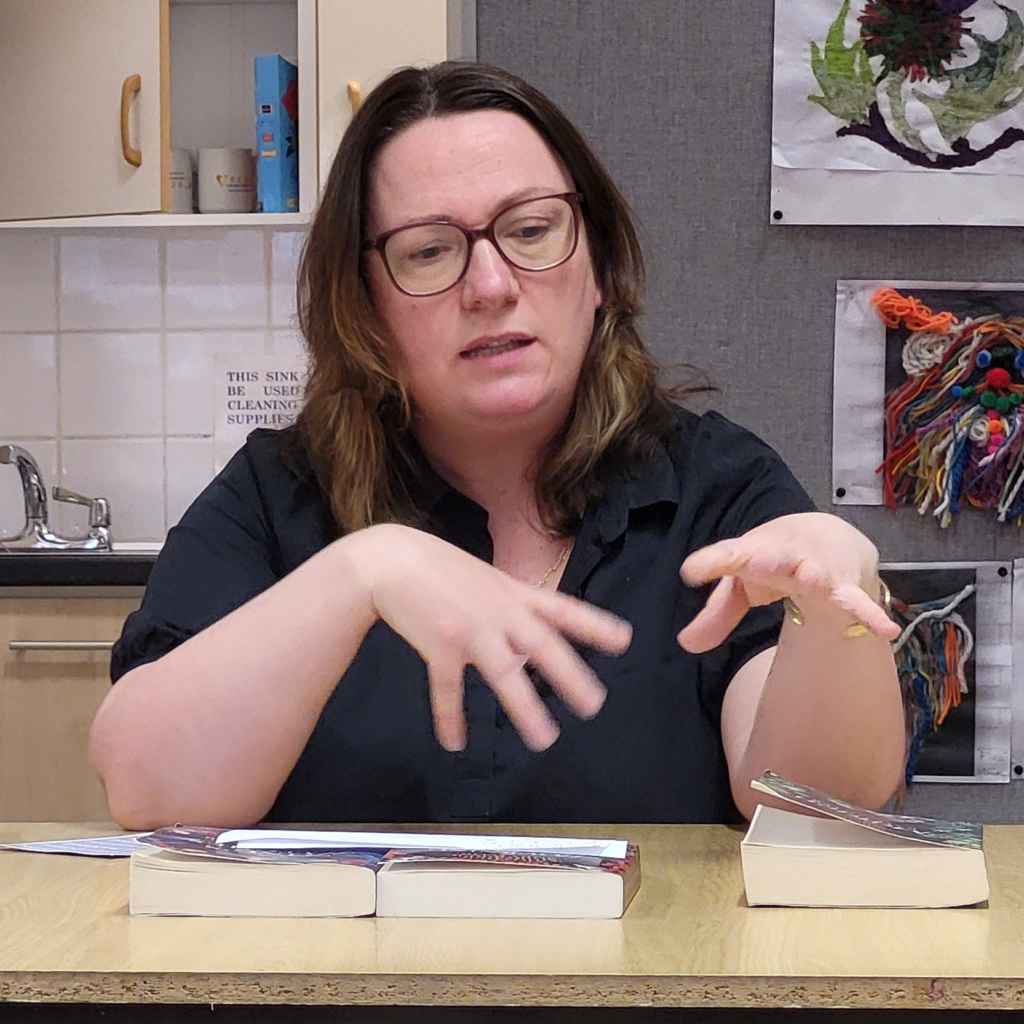
On a chilly day in February, our super-talented Ecas Reading and Creative Writing Group was delighted to give a very warm welcome to award-winning Edinburgh author, Kate Foster.
Kate’s visit was part of the Scottish Book Trust’s Live Literature scheme, which brings reading and writing to the heart of communities.
Setting the scene
In advance of Kate’s visit, our group had read her bestselling debut novel, The Maiden. Some of us more than once!
Kate is celebrated for her reimagining of true stories from history, which put the women front and centre, something history usually fails to do. What we also love is that her novels feature women who lived in Edinburgh.
The Maiden, for example, retells the story of the White Lady of Corstorphine. In August 1679, Lord James Forrester was murdered by his mistress, Christian Nimmo. She was tried and then executed with The Maiden (an early form of guillotine introduced in the 16th century during the reign of Mary Queen of Scots). To this day, Christian’s ghost, known as ‘The White Lady’, is said to haunt the spot where she killed Forrester with his own sword.
Within our Reading and Creative Writing Group, we have some real fans of thrillers and murderous tales, so there was great anticipation to meet the woman behind these stories. We wanted to find out more about Kate, and her approach to writing and historical research.
Go for it!
It was an afternoon full of fun, laughter, shared experiences, creativity and great advice. Kate encouraged us to just go for it! She debunked many of the myths in and around creative writing, by sharing her own personal experiences of making the switch from journalist to author.
‘During lockdown, I was reporting on the pandemic. Other than my work as a journalist, I hadn’t written for years and had lost interest in reading. But there I was, stuck at home, looking for an escape. I didn’t know much about writing fiction, but I did know about research, the publishing process, working with editors and deadlines!’
It was great to hear from Kate that publishers aren’t necessarily just interested in polished writers. They’re actually looking for different voices. This was the first of many great tips to help encourage our Ecas writers.
Kate was so friendly, down-to-earth and honest. She open-heartedly and generously shared what she has learned as a writer, to help inspire us:
‘It’s important to have purpose as a writer. Right from the start, recognise that you are the best person to tell this story. Don’t get lost in other people’s stories. Also, if you can sum up the story in one sentence (the pitch), you know you are onto something good.
‘Be sure to hook the reader within the first few sentences. Maybe even the first!
‘Yes, it’s important to do some ‘world-building’ to set the scene and help the reader imagine the setting for the story, but only focus on what matters to them.
‘Always be clear on who is talking when you’re writing from the different perspectives of your characters.
‘Find a rhythm in your writing, going into dramatic detail where needed, then coming back out again to give the reader a break.’
‘A moment of peril’ – Kate’s writing exercise
To help us practise writing a dramatic scene, Kate set us a 10-minute challenge.
Imagine a moment of peril. You know you only have 30 seconds left to live. Write down what goes through your mind; what can you see, feel, hear, smell, touch?

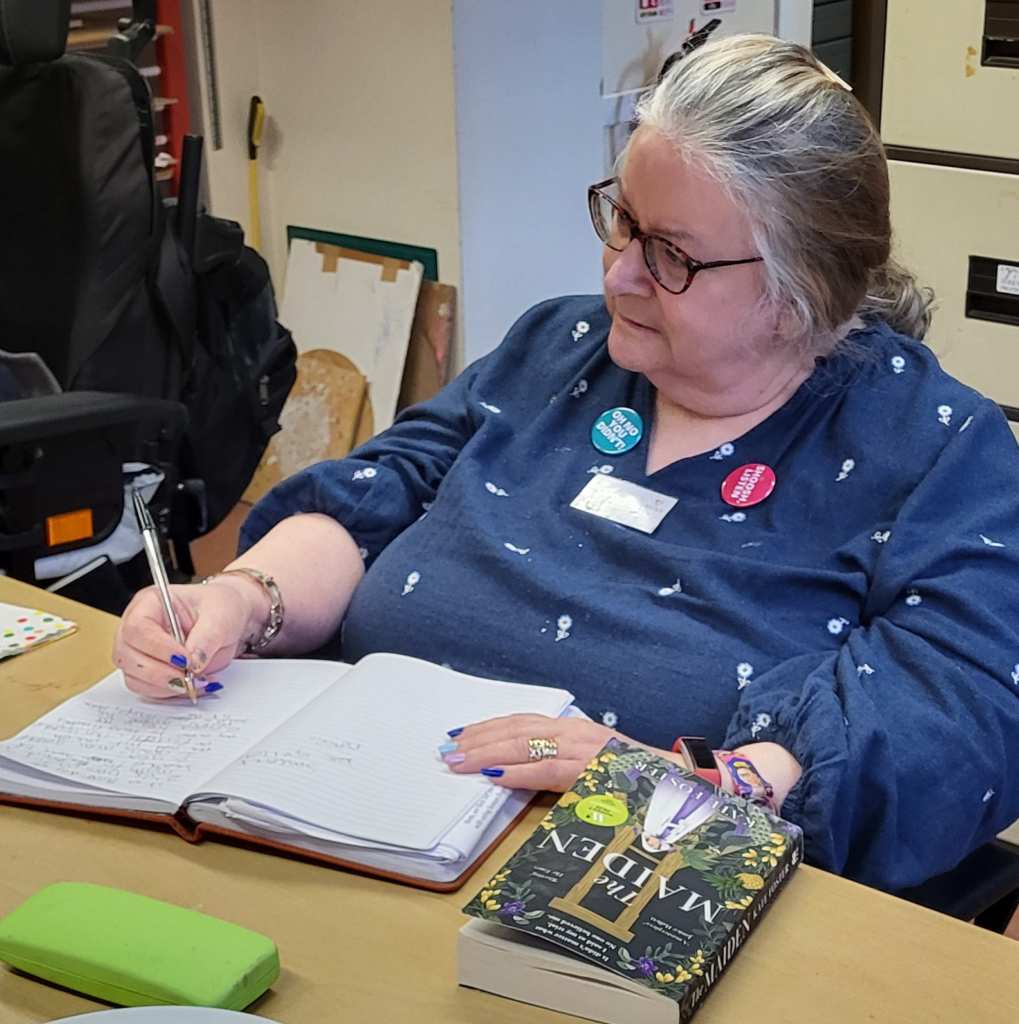
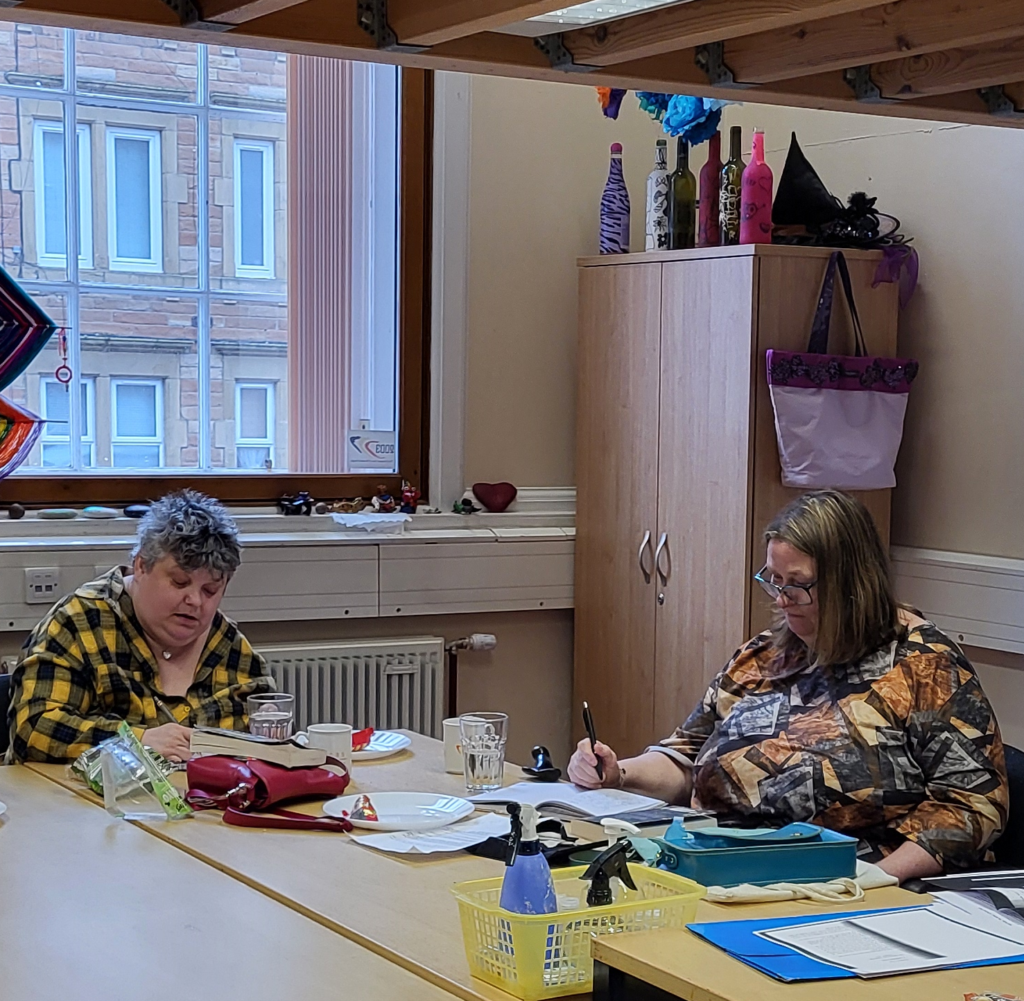
After the 10 minutes, then some more tea, biscuits and a wee blether, Kate asked if anyone would like to read out their response to the challenge.
One of the many brilliant things about all of our Ecas groups is that we create a friendly, safe and comfortable environment, where everyone is able to be themselves and share in whatever way suits.
So much so, Kate was delighted that everyone was happy to read their work and share it with the group. It’s also great she was clearly impressed by the range and quality of the work produced.
Plot twists and research
When it came to advice on plot twists, Kate admitted she was initially quite daunted about how best to add them to a story. But, once again, her advice nailed it:
‘Basically, a plot twist is the opportunity to surprise the reader, usually three-quarters of the way through, with something that was there all along. So just leave a few breadcrumbs along the way!’
As for research, Kate recommended doing it only when needed, as you write:
‘You’re a writer not a researcher, so keep it simple. Use Google, visit museums, look at portraits and old maps, watch a film!’
Thank you, Kate
Yes, we are writers and Kate’s advice and encouragement has been invaluable, as we continue to explore where our creative writing can take us and others.
These are just some of the highlights from Kate’s time with the Ecas Reading and Creative Writing Group and she knows she’s welcome back any time.
Towards the end of the session, Kate gave her very first reading from the beginning of her latest novel, The Mourning Necklace, which comes out at the end of May. It’s the reimagined story of Edinburgh’s Maggie Dickson, the fishwife who came to fame in the 1700’s after being convicted of killing her baby, and then survived her hanging.
We’re now hooked and can’t wait to read the rest!
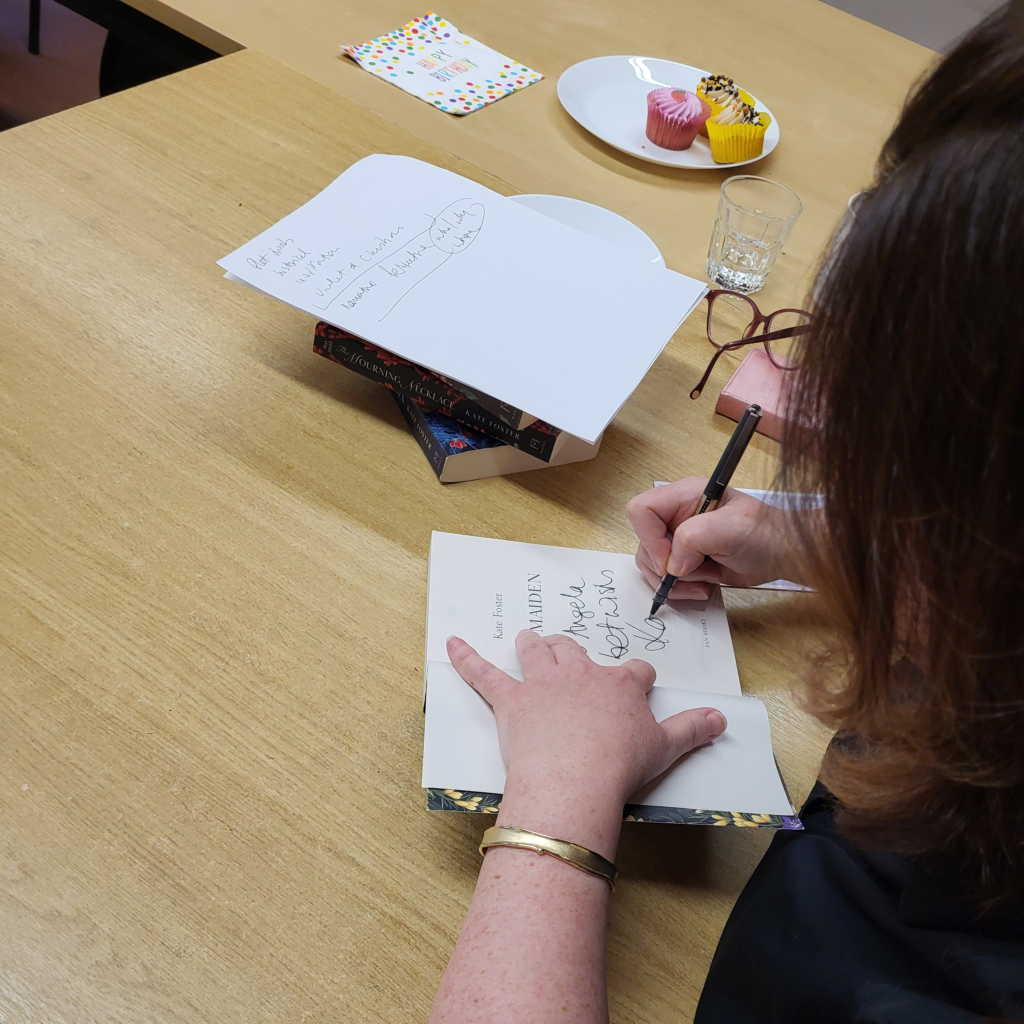
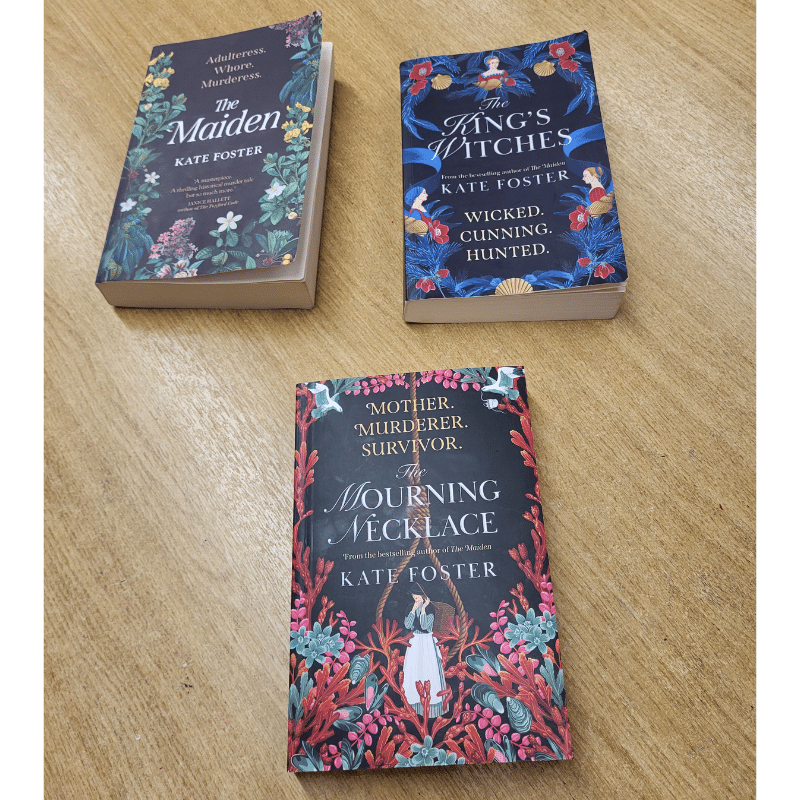
Reading and creative writing at Ecas
Join our weekly Reading and Creative Writing group to explore your literary side in the good company of others. Enjoy:
- Discussing your favourite book
- Learning what goes into making a book a good read, or not
- Meeting our visiting authors
- Writing your own stories, poems and more
Contact us to find out more.